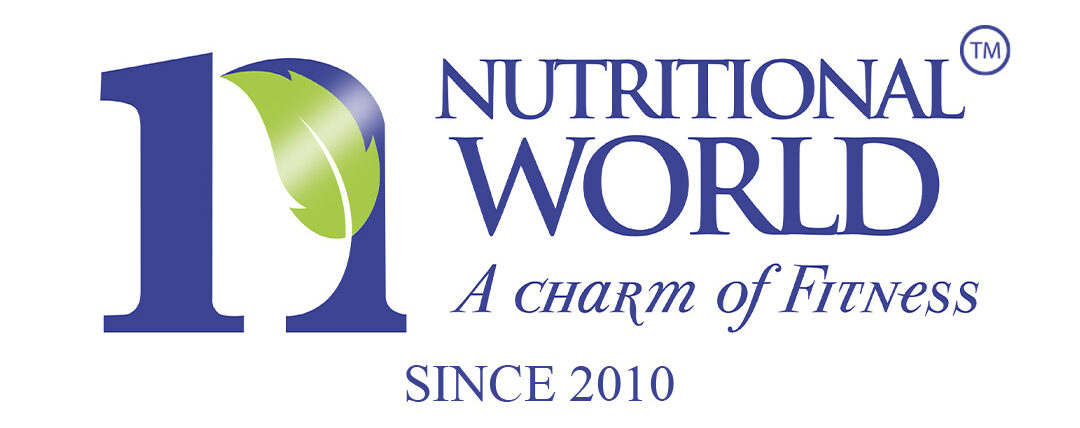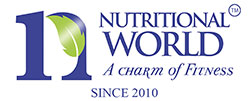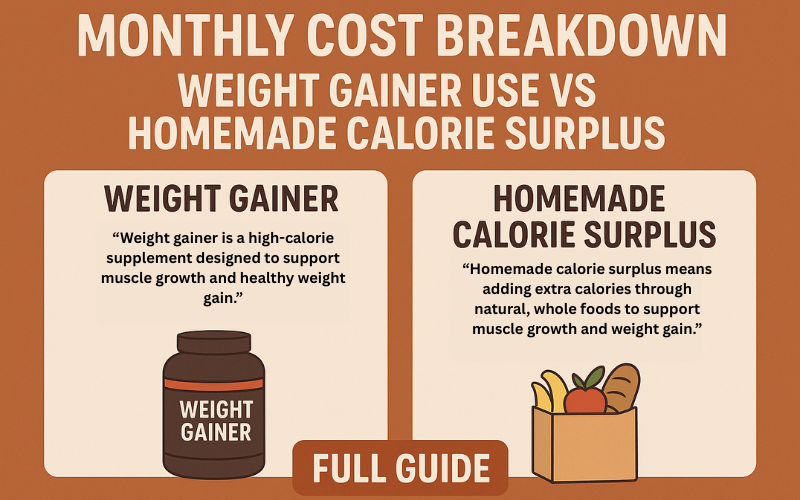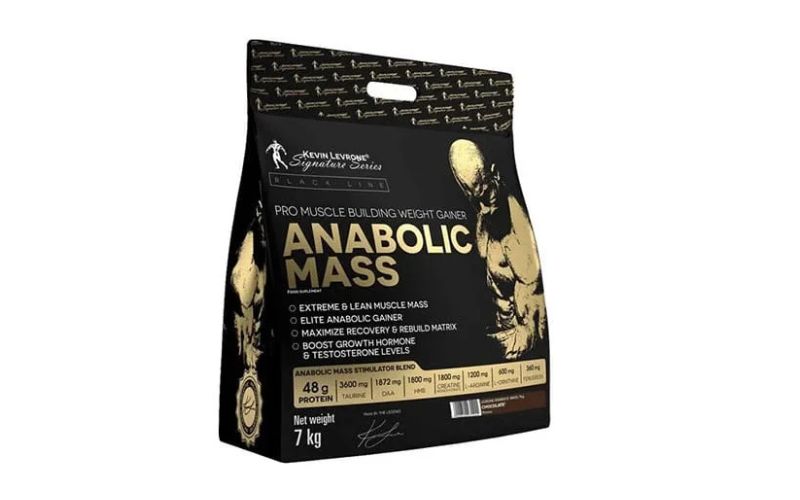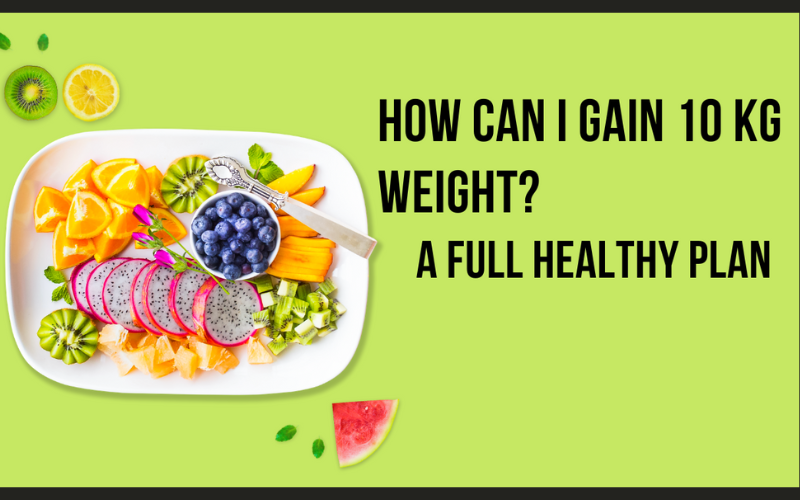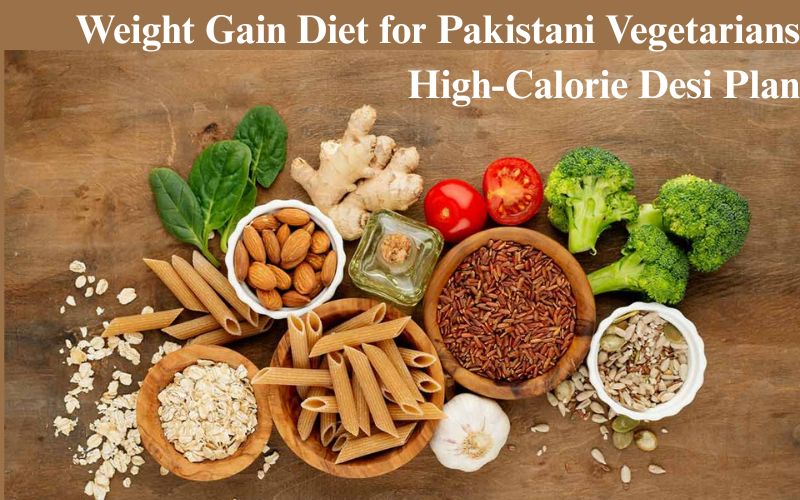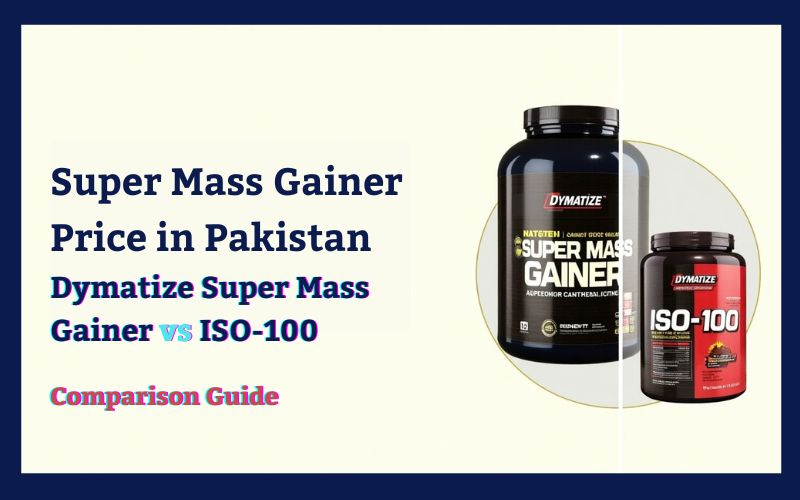Gaining healthy weight doesn’t have to break the bank. Whether you’re a bodybuilder, athlete, or simply trying to increase your calorie intake, the choice between commercial weight gainers and homemade calorie surplus meals can greatly affect your monthly expenses. This guide provides a clear monthly cost breakdown, comparing prices, benefits, and drawbacks of each approach so you can bulk up effectively without overspending.
Table of Contents
Who Should Consider This Cost Comparison?
If your goal is healthy weight gain whether for bodybuilding, athletics, or simply to overcome a naturally fast metabolism, understanding the cost of your nutrition strategy is crucial. Many people rely on commercial weight gainers for quick results, while others prefer homemade calorie surplus meals for a more natural approach.
This guide is perfect for:
- Students or professionals on a monthly budget
- Gym-goers wanting to maximize nutrition per rupee
- Athletes seeking consistent calorie intake without overspending
Can a Cost-Effective Plan Still Help You Gain Weight?
Yes. Gaining weight is about achieving a calorie surplus by eating more calories than your body burns. However, the quality of those calories matters.
- Weight gainers offer convenience but may come with added sugars and low fiber.
- Homemade meals offer better control over ingredients but require more prep time.
Balancing cost efficiency with nutrition quality ensures you gain healthy muscle mass rather than just body fat.
Understanding the Monthly Cost of Weight Gainers
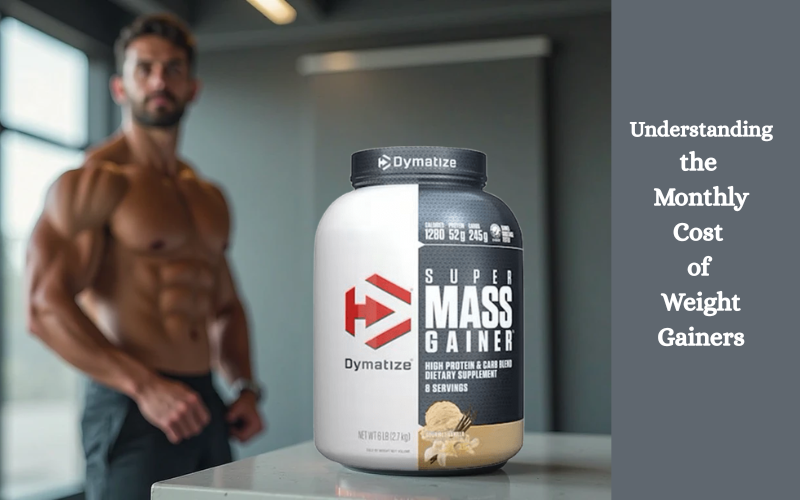
Commercial weight gainers are available in different serving sizes, with prices depending on brand and quality.
Average Market Price in Pakistan (2025)
| Product Size | Servings | Cost per Pack (PKR) | Cost per Serving (PKR) | Monthly Cost (2 Servings/Day) |
| 6 lbs (2.7 kg) | 16 | 14,500 | 906 | ~54,360 |
| 12 lbs (5.4 kg) | 32 | 25,000 | 781 | ~46,860 |
| Premium Mass Gainer | 30 | 28,000 | 933 | ~55,980 |
Pros:
- Quick to prepare (just add water or milk)
- Consistent nutrient profile
- Portable for travel or work
Cons:
- High upfront cost
- Often contains artificial sweeteners
- Lower satiety compared to whole foods
Understanding the Monthly Cost of Homemade Calorie Surplus Meals
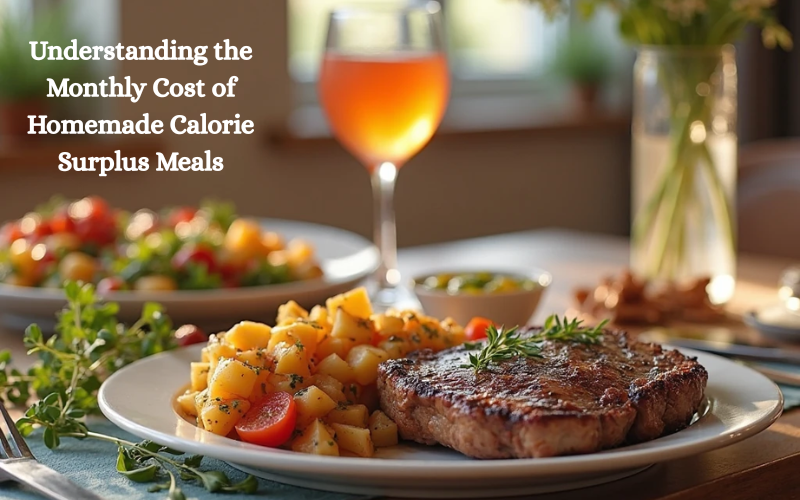
A homemade calorie surplus diet focuses on budget-friendly, high-calorie foods such as rice, oats, peanut butter, eggs, milk, and bananas.
Example Monthly Grocery List (PKR)
| Food Item | Qty/Month | Price per Unit (PKR) | Total Cost (PKR) | Calories per Month |
| White Rice | 10 kg | 350/kg | 3,500 | 36,000 kcal |
| Whole Milk | 60 L | 180/L | 10,800 | 30,000 kcal |
| Eggs | 360 pcs | 25/egg | 9,000 | 25,920 kcal |
| Peanut Butter | 3 kg | 1,600/kg | 4,800 | 18,000 kcal |
| Bananas | 120 pcs | 40/banana | 4,800 | 12,000 kcal |
| Oats | 4 kg | 500/kg | 2,000 | 15,600 kcal |
Total Monthly Cost: ~34,900 PKR
Pros:
- Cheaper than most weight gainers
- Customizable for taste & nutrition
- Higher micronutrient content
Cons:
- Requires cooking & storage
- Less portable for busy schedules
How to Follow a Balanced, Cost-Friendly 3,000-Calorie Diet
A 3,000-calorie budget plan can be achieved using either method.
- Macronutrient breakdown: 50% carbs, 25% protein, 25% fat
- Budget tips: Buy in bulk, cook in batches, and use local seasonal produce.
- Example homemade daily plan (PKR ~1,100/day):
- Breakfast: Oats + milk + peanut butter + banana
- Lunch: Rice + chicken + vegetables
- Snack: Homemade smoothie (milk, peanut butter, banana, oats)
- Dinner: Rice + lentils + eggs
Foods to Choose and Avoid for Budget Bulking
Choose:
- Calorie-dense, nutrient-rich foods (nuts, seeds, dairy, whole grains)
- Lean protein sources (chicken, fish, eggs)
- Healthy fats (olive oil, peanut butter)
Avoid:
- Overpriced “superfoods” with low calorie density
- Junk foods high in sugar and trans fats
- Pre-packed snacks with hidden costs
Sample Monthly Budget Plans
Plan 1 – Weight Gainer Only: ~PKR 47,000–55,000/month
Plan 2 – Homemade Calorie Surplus Only: ~PKR 35,000/month
Plan 3 – Hybrid (50% gainer + 50% homemade): ~PKR 40,000–45,000/month
The Bottom Line
If time is your biggest constraint, weight gainers are worth the premium price.
If budget and nutrition quality matter more, a homemade calorie surplus is the better choice.
A hybrid approach—using weight gainers when needed and relying on homemade meals most of the time offers the best of both worlds.
Discover the smartest way to bulk up—read the Monthly Cost Breakdown: Weight Gainer Use vs Homemade Calorie Surplus – Full Guide now at www.nutritionalworld.com.pk
FAQs
Q1: Which is cheaper, weight gainer or homemade calorie surplus?
Homemade calorie surplus meals are usually 20–35% cheaper per month than commercial weight gainers in Pakistan.
Q2: Can I gain the same muscle with homemade meals as with weight gainers?
Yes—if your calorie and protein intake are matched, homemade meals can give identical muscle growth results.
Q3: What’s the biggest advantage of weight gainers?
Convenience and consistent nutrient delivery without cooking or prepping.
Q4: How much should I budget monthly for bulking?
Expect to spend between 35,000–55,000 PKR depending on whether you choose homemade, supplement-based, or a mix.
Q5: Is it safe to rely only on weight gainers?
They’re fine short-term, but long-term, whole foods are recommended for better micronutrient intake.
